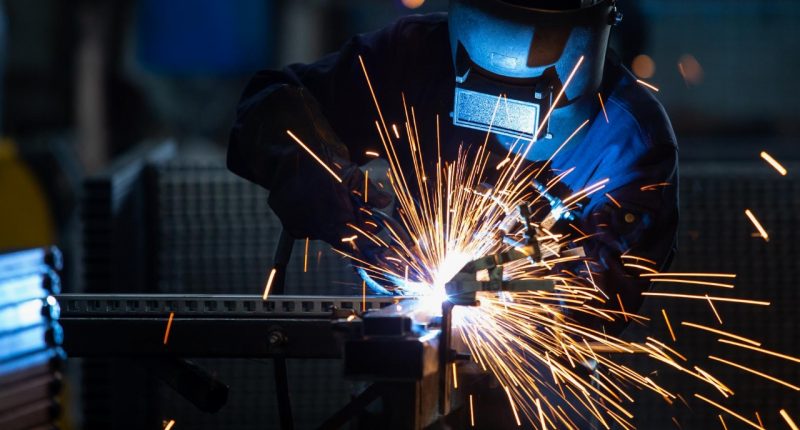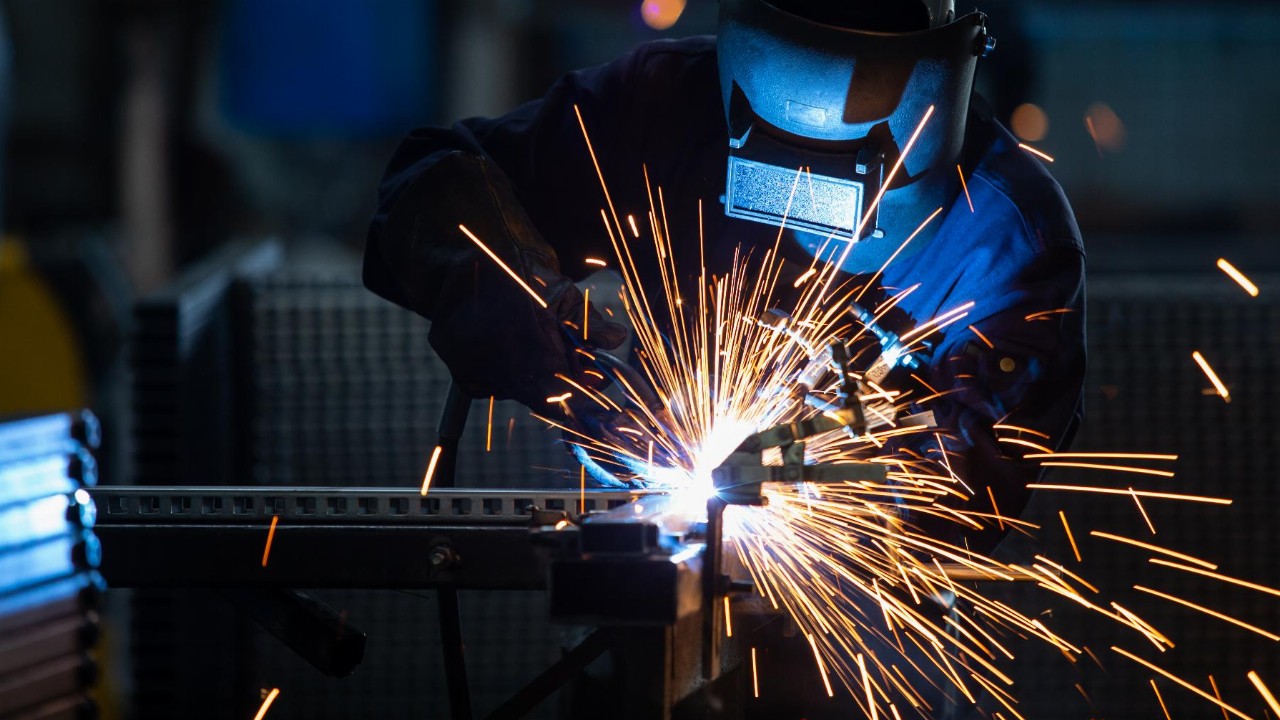Australia’s welding and fabrication industry is facing a series of skill and labour challenges that place a tight bottleneck on the country’s net-zero goals, according to Weld Australia.
The peak body representing the Australian welding industry said headwinds in the welding industry would not only halt the Federal Government’s plans for a renewable energy revolution but would increase delays throughout downstream industries that relied on welding, such as building and construction, mining, oil and gas, and manufacturing.
Weld Australia’s 2023 Member Survey, completed by more than 130 companies, revealed that among rising shortages in skills, the welding industry was also concerned about rising labour and material costs, with 60 per cent of respondents indicating this could potentially inhibit business growth in 2023.
Alarmingly, the welding industry expects these overheads to continue to rise this year, with 82 per cent predicting even higher materials prices.
And these industry setbacks are anticipated to cause even more concern once the industry is tasked with meeting the requirements of the Federal Government’s renewable energy commitments.
Weld Australia CEO Geoff Crittenden said the government must step in and provide real support to industry to make the renewable energy revolution a reality.
“Without funding and support from governments at all levels, these challenges will make it nearly impossible for the industry to deliver the necessary manufacturing capability required for the Federal Government’s ambitious renewable energy revolution,” Mr Crittenden said.
“With a considerable volume of work being on-shored and a greater sentiment in the market to ‘buy local’, Australian fabrication companies are so strapped for skilled welders that they are operating well below capacity,” Mr Crittenden said.
When asked what the main concern is right now, 45 per cent of survey respondents confirmed that labour shortages were at the top of their lists.
According to Weld Australia, around half of the welding workshops in Australia are currently functioning at or below 80 per cent capacity.
“They are being forced to turn down jobs because they simply don’t have the manpower to complete the work,” Mr Crittenden said.
The Federal Government has set legislated targets of 43 per cent emissions reductions compared to 2005 levels by 2030 and net zero by 2050, but Weld Australia said these targets would necessitate the construction of new infrastructure on a massive scale.
It is expected that over 11,000 wind towers will need to be produced, each requiring 500 tonnes of plate steel for onshore towers, or 750 tonnes for offshore wind towers.
Weld Australia estimates that by 2030, Australia will be at a shortfall of at least 70,000 welders without government intervention.
What can be done to curb the crisis?
The welding industry is taking steps to try and overcome these labour shortages without government support.
Weld Australia said 60 per cent of survey respondents indicated they were in the process of training and up-skilling existing staff, while 55 per cent had increased wages or employee benefits as an incentive to keep existing workers.
Further, 32 per cent had leveraged different talent pools, including the hiring of apprentices, females, and prisoners, and another 57 per cent were investing in automation and technology.
The welding industry has also invested in TAFE courses, with 21 per cent funded to support free TAFE for apprentices and 14 per cent supporting increased funding to upgrade TAFE facilities.
Almost half (45 per cent) of the survey participants already have a pipeline of work lasting six months or more, citing this as a necessary measure to address persistent skills shortages and entice workers to take up employment opportunities.
This is a marked increase from Weld Australia’s 2020 member survey results, meaning the work is there, but the skills are not.
“Without a massive investment in fabrication and steelmaking facilities, skills and training in each state, and real, practical support for local industry, Australia’s renewable energy revolution will simply not be a reality,” Mr Crittenden said.
“While our governments can wish, and hope, and make public pledges about Australia’s transition to renewable energy, at the moment, we simply do not have the sovereign manufacturing capability to make this a reality.”
Weld Australia wants the Federal Government to consider policy and funding opportunities as well as reduce red tape and regulatory barriers to support local investments to enable the renewable energy transition to begin.








